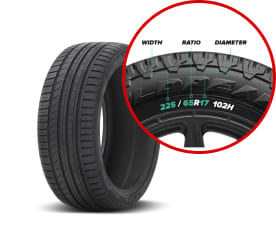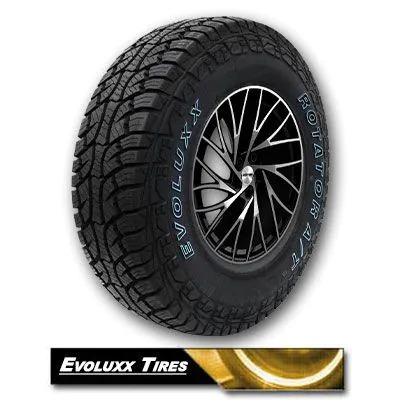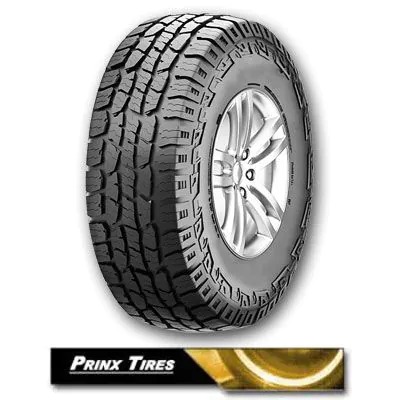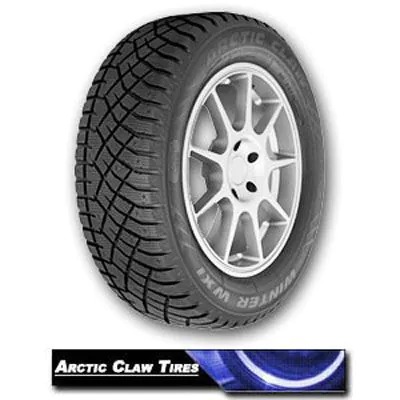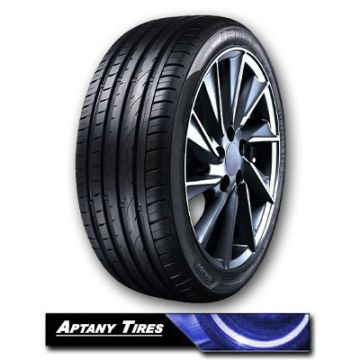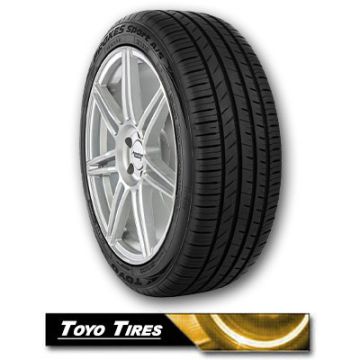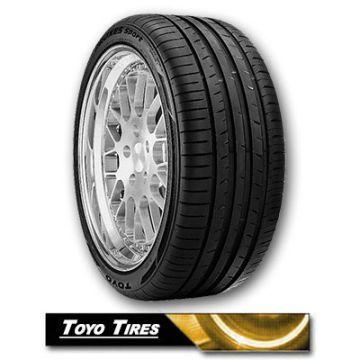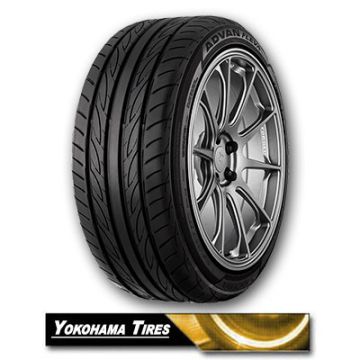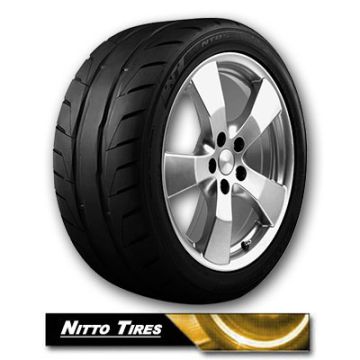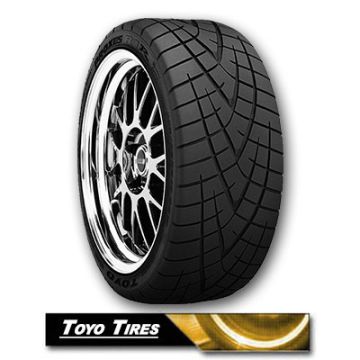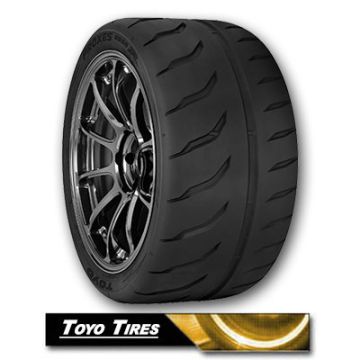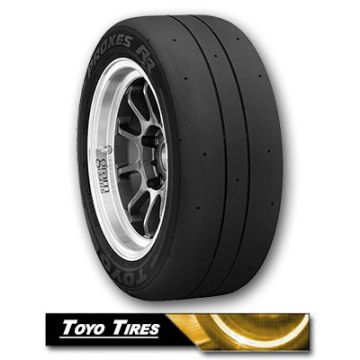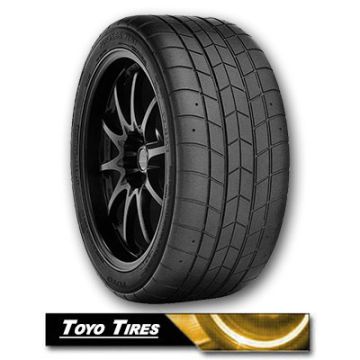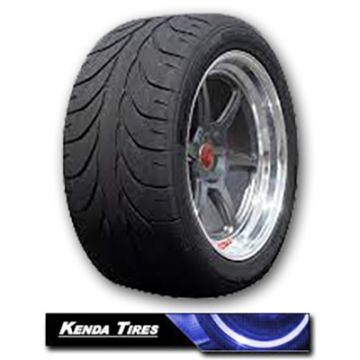Frequently Asked Questions
A 235 40R17 tire has a diameter of around 24.6 inches, or 625 millimeters when mounted on a 17-inch wheel rim. This is considering the tire width of 235 millimeters. Moreover, the aspect ratio is in the percentage of 40 and 17-inch rim diameters.
It is the tire size information. 235 refers to the tire width in millimeters. The second mark 40 is an aspect ratio, which equals the level of the wheel’s width, and it stands in percentage. Moreover, R denotes radial construction, while 17 is the diameter of a rim in inches.
The load rating of a 235/40R17 tire is expressed as a load index number on the tire’s sidewall. This size most commonly has load index ratings of 91 to 94, meaning that they can handle 1,356 to 1,477 pounds of weight at the recommended air pressure per tire.
It depends on your car clearance and other specifications. First, check what is advised in your car's owner’s manual or by the manufacturer. Also, make sure you look into other factors that might limit support or compatibility, like tire diameter, wheel well clearance, and suspension travel.
The speed rating determines how fast a 235/40R17 can go before losing grip and producing vibrations. Some of the most popular speed ratings for this size include V (up to 149 mph), W (up to 168 mph), and Y (up to 186 mph). While it typically implies that the tire can cope with higher speeds and temperatures, it may be made at the expense of trip quality or tread life.
